The Early Days of Workwear
Pre-Industrial Revolution Clothing
Before pants became a staple, workers relied on tunics, robes, and kilts—garments that lacked the durability and flexibility needed for labor-intensive tasks. To address this, many trades adopted specialized garments, as seen in A Comprehensive Guide to Selecting Workwear for Different Trades, which highlights how clothing evolved to meet diverse needs.
The Emergence of Trousers
Trousers, introduced by nomadic groups, became a game-changer. Their design, tailored for movement and protection, laid the groundwork for modern work pants. Today, garments like Comfort and Protection: How Work Pants with Knee Pads Improve Workplace Safety showcase how workwear combines tradition and innovation to meet occupational demands.
Industrial Revolution and the Rise of Workwear
Changing Work Environments
The Industrial Revolution introduced factory-based labor, demanding more protective and durable clothing. This period also saw an emphasis on seasonal adaptability, as detailed in Adapting to Every Season for Comfort and Productivity.
Birth of Work Pants
Work pants crafted from sturdy materials like denim and canvas became the standard for laborers, emphasizing durability and reinforced stitching. These attributes remain essential in workwear, as discussed in Built to Last: The Unrivaled Durability of High-Quality Workwear.
The Role of Pioneering Workwear Brands
Early workwear brands tailored pants to meet the specific needs of various professions, setting the stage for modern innovations. For example, industry trends like Innovation in Workwear: The Evolution of Work Pants with Integrated Knee Protection continue to push boundaries.
Functionality Over Fashion
Key Features of Early Work Pants
Practical features like extra pockets, tool loops, and reinforced knees became essential for workers, boosting both productivity and safety. These practical elements are explored in Pockets of Efficiency: Exploring the Practicality and Versatility of Workwear with Utility Pockets.
Adoption Across Professions
From construction to carpentry, work pants quickly became a versatile tool for professionals across diverse trades. For instance, agricultural workers benefit from durable options as outlined in Field-Tested Resilience: Unveiling the Best Durable Workwear for Agriculture.
Workwear in the 20th Century
Influence of World Wars
The adoption of military-inspired designs, such as cargo pants, transitioned into workwear after the wars.
Cultural Shift in Workwear
Workwear began symbolizing resilience and industriousness, solidifying its place in both professional and cultural realms. These transitions paved the way for future developments, as described in The Evolution of Workwear: How Thrive Workwear is Redefining Comfort and Safety.
Modern Workwear Evolution
Advancements in Materials
The use of flame-resistant and stretchable fabrics has made modern work pants safer and more comfortable than ever. This shift aligns with the findings in Unveiling the Power of Cutting-Edge Workwear Fabrics for Ultimate Comfort and Performance.
Diversification of Styles
Tailored solutions, from waterproof to insulated pants, now cater to the unique needs of every trade. Products discussed in Stay Dry, Stay Professional: The Essential Guide to Waterproof Workwear exemplify this diversification.
The Rise of Lifestyle Workwear
Work pants have moved beyond job sites, blending style and function for everyday use. Their dual-purpose nature is reflected in articles like From Function to Fashion: The Style Evolution of Construction Work Pants.
The Lasting Impact of Workwear
Work pants stand as a symbol of resilience, evolving to meet the demands of workers while maintaining cultural significance.
Work Pants: A Timeless Essential for Work and Beyond
The evolution of work pants underscores their importance in workwear history. As they continue to innovate, they remain essential for both laborers and lifestyle enthusiasts. Explore Thrive Workwear’s collection to find pants tailored to your needs and preferences.

